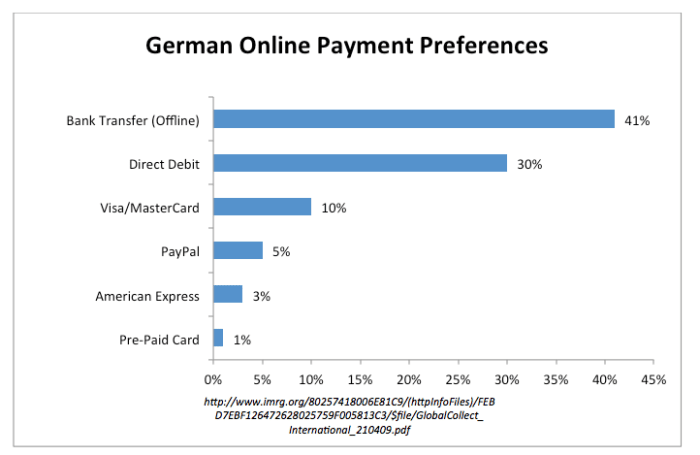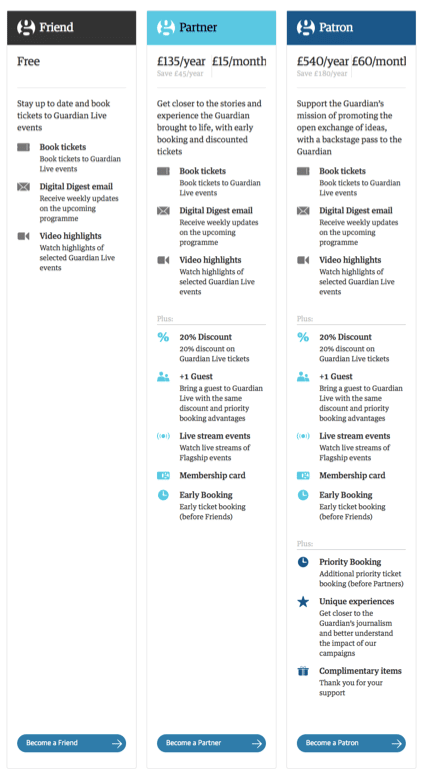Is The New Yorker Making a Mistake by Choosing a Metered Paywall?
This month, The New Yorker launched a metered paywall, allowing visitors six free articles before being asked to subscribe for $12 for 12 weeks or $60 a year ($70 for a print+digital subscription). While we applaud The New Yorkers instinct to value its online-only content, we can’t help wondering — Is a metered paywall really the best model for a consumer magazine with original content? As much of our research shows, metered paywalls work best for…
Is The New Yorker Making a Mistake by Choosing a Metered Paywall? Read More »


